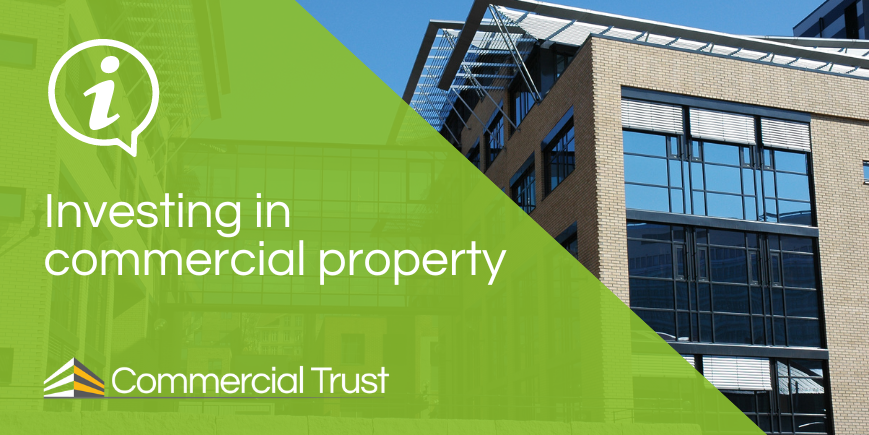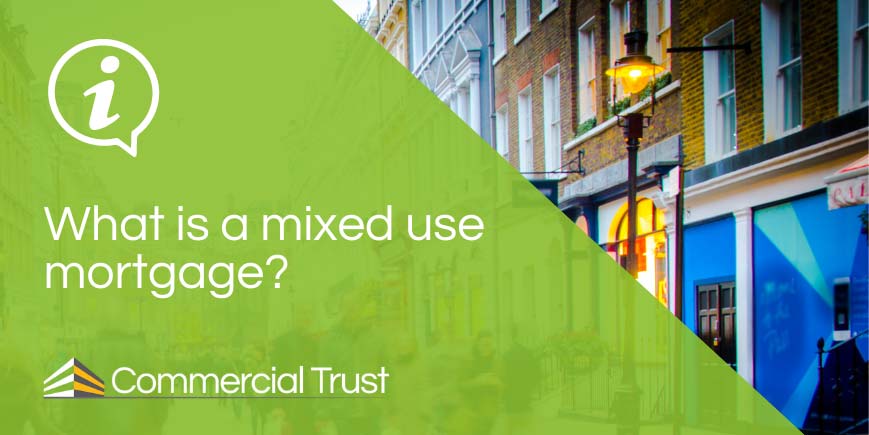This information should not be interpreted as financial, tax or legal advice. Mortgage and loan rates are subject to change.

Categories: bridging loans | guides
Bridging loans can be an effective way to access quick finance for a range of purposes. You may need a bridging loan for refurbishments or developing an existing property. However, it's essential to understand the cost of bridging loans before making a decision to apply.
In this article, we'll explore the typical costs associated with bridging loans in the UK, including fees and interest rates, and factors that can affect them.
If you want to know a bit more about this type of loan first, you can find more information in our guide What is a bridging loan?.
The total cost of a bridging loan can vary significantly depending on the lender, the size of the loan, and the terms of the agreement. In general, you can expect to pay a range of fees, including product fees, broker fees, deposit, valuation fees, solicitor fees, and exit fees, as well as interest charges.
Types of fees to expect:
Product fees
Product fees, also known as arrangement fees, are charges applied by the lender to set up the loan. These fees can vary from lender to lender but are typically a percentage of the loan amount. Product fees may be charged upfront or added to the loan amount.
Broker fees
If you're using a broker to help you find a bridging loan, you may also be required to pay a fee for their services. Broker fees can be a percentage of the loan amount or a flat fee.
Deposit
Bridging lenders will require a deposit as security against the loan. The deposit is generally from 25% of the property value or purchase price.
If you do not have the cash available, you may be able to raise funds for a deposit from other property you own.
For example, if you own your home or other investment properties, you may have equity in them that you can release to raise a deposit for other investments, such as property.
If you use this option to raise a deposit, increasing your borrowing has to be done sensibly and with care. You must be able to comfortably keep up with payments or your property(ies) may be at risk of repossession by your lender.
Valuation fees
Before approving a bridging loan, the lender will typically require a valuation of the property to determine its current market value. The cost of this valuation will be paid by the borrower and can vary depending on the size and complexity of the property.
In some cases, a desktop valuation may be possible (meaning a valuer does not have to visit the property, the value is generated by online research). This can be faster and result in a much cheaper valuation cost.
Solicitor fees
Legal fees will also be incurred during the bridging loan process. These fees cover the cost of a solicitor reviewing the loan agreement and completing the legal work required to transfer the funds. Solicitor fees can vary, depending on the complexity of the transaction.
Choosing a solicitor appropriate for the work involved with a bridging loan can be hugely influential on the timeframe the deal goes through in. If the solicitor has done similar work on a large number of occasions, they are more likely to be more effective and efficient in helping you. If a solicitor has limited experience with property investment they could slow the process down.
If you are working with a broker, they may be able to recommend conveyancing solicitors to you.
Exit fees
Finally, exit fees are charged by the lender when the loan is repaid. These fees can be a percentage of the loan amount or a flat fee.
What interest rates will you pay?
Bridging loan interest rates are typically higher than those associated with traditional mortgages, reflecting the short-term nature of the loan and the higher level of risk involved. The interest rate will vary depending on the lender and the size of the loan.
Bridging loan interest repayments are flexible
One benefit of bridging loans is that the interest repayments are typically flexible. Depending on the lender, you may be able to choose between monthly interest payments, retained interest (where the interest is added to the loan amount and repaid at the end of the term), or a combination of both.
You can use our bridging loan calculator to see what the monthly cost of a bridging loan might look like, based on the loan amount you a looking for.
Things that will impact your bridging loan interest rate
Your loan to value ratio (LTV)
The loan to value ratio is the percentage of the property's value that the lender is willing to lend. The lower the LTV, the lower the interest rate is likely to be, as the lender is taking on less risk.
How much you want to borrow
The size of the loan will also impact the interest rate. Larger loans may attract a lower interest rate, but lenders may also be more cautious when lending larger amounts. There is a direct correlation between the interest rate and the monthly cost of a bridging loan, the lower the interest rate, the lower the monthly cost.
The condition of the property
The condition of the property being used as security for the loan can also affect the interest rate. A property in good condition is likely to attract a lower interest rate than one that requires significant repairs or refurbishment.
Whether it's a regulated or unregulated loan
Regulated bridging loans, which are governed by the Financial Conduct Authority, may attract lower interest rates than unregulated loans. However, unregulated bridging loans can be arranged more quickly as there is less work involved in arranging the borrowing.
Your credit history
Credit history is less influential on interest rates than you might expect, given they can impact other types of borrowing. There are lenders who are happy to work with and lend to applicants with a poor credit history who also offer competitive bridging loan rates.
Having a poor credit profile may influence whether or not a lender will accept your application, but if they do, you would be able to secure any of the interest rates they offer.
Bridging lender fees
Bridging lender arrangement fees can also impact the interest rate of a loan. Lenders may charge a higher interest rate to cover these fees or add them to the loan amount, which will increase the overall cost of the bridging loan.
Speak to a bridging loan specialist today to find out more
Commercial Trust is a specialist broker of unregulated bridging loans, so if you are flipping property (renovating and selling on), or keeping the property in order to let it out, either to residential or commercial tenants, we can help you.
Your advisor will work with you to understand exactly what you need the finance to do for you. They will then research the thousands of products in the market, to find the most suitable one for you and your circumstances.
Call us on the Freephone number at the top of the page, or enquire online for a call-back.
FAQs
Bridging loans and mortgages are two different types of loans that are used for different purposes, and their costs can vary depending on a variety of factors.
A bridging loan is a short-term loan that is typically used to bridge the gap between the purchase of a new property and the sale of an existing property; to fund renovations to a property, or to get funds in place more quickly than a mortgage would take. These loans are designed to provide quick access to funds to help facilitate a property transaction, and they typically have higher interest rates and fees than traditional mortgages.
On the other hand, a mortgage is a long-term loan that is used to purchase a property, and it typically has lower interest rates and fees than a bridging loan, but takes longer to secure.
So, in general, a mortgage is likely to be cheaper than a bridging loan. However, it's important to note that the cost of both types of loans can vary depending on factors such as the lender, the borrower's creditworthiness, the loan amount, and the terms of the loan.
It's important to compare the costs of different loan options and consider the specific needs and circumstances of your situation before making a decision on which to apply for.
To secure a bridging loan you will have to put in some of your own money as a deposit. Typically, you will need to put down at least 25% of the property value as a deposit.
If you don’t have that amount in cash, you may be able to raise it by borrowing against other property you own.
Naturally this should be done with care, as if you fail to keep up with payments on a mortgage or loan secured against your property it could be at risk of repossession.





